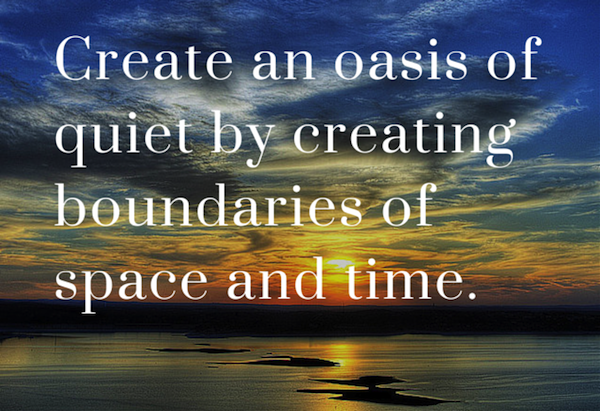Ira Glass not only hosts the popular public radio show, This American Life, but also writes, edits, performs, produces, and manages. There’s plenty of work to keep him busy, which is why he confessed to Lifehacker that his worst habit is that he procrastinates … by working.
He explains:
In addition to being an editor and writer on my radio show, I’m also the boss, and deal with budgets, personnel stuff, revenue and spending questions, and business decisions… [W]hen I should be writing something for this week’s show, I’ll procrastinate by looking over some contract or making some business phone call or doing something else that actually isn’t as important as writing.
When you’re wearing lots of hats, the temptation to procrastinate by working is high, and it’s usually creative priorities and projects that wind up getting the short end of the stick. The double whammy is that not only do you feel guilty and demotivated for not getting to priorities, you also feel worse and burned out from working so much anyway.
In order to reliably get to your creative priorities, the solution is to carve out a deliberate creativity schedule. Without it, the work you put off will be creative work as other tasks seem easier to get through and justifiable, to boot, as part of your job.
Finding an Oasis of Quiet
In his famous essay, Paul Graham lays out the difference between the manager’s and the maker’s schedule. The manager’s schedule will sound familiar to many of you — a day full of meetings, appointments, and coordination — while the maker, or the creative, needs stretches of uninterrupted time in which you can let your mind both wander and focus and get into a flow.
In a 1991 talk, John Cleese describes two different modes of working — open and closed — that track Graham’s maker/manager distinction. The closed mode, he explains, is:
the mode we are in most of the time when we’re at work. We have inside us a feeling that there’s lots to be done, and we have to get on with it if we have to get through it all… It’s a mode in which we’re very purposeful and it’s a mode in which we can get very stressed and even a bit manic — but not creative.
By contrast, the open mode is less purposeful and more expansive, contemplative, and playful. “It’s a mood in which curiosity for its own sake can operate.
The solution, according to Cleese and Graham, is to fiercely and bravely protect your maker’s time with a creativity schedule. For Cleese, the key is to “create an oasis of quiet for ourselves by setting boundaries of space and of time.”
A Creativity Schedule Will Set You Free
The rigidity of scheduling and time management seem the very opposite of creative, but it’s exactly those clear confines that help you switch modes. For Cleese, that quiet oasis must have specific timetables, proceeding like long, scheduled meetings with yourself:
It’s only be having a specific moment when your space starts and an equally specific moment when your space stops that you can seal yourself off from the everyday closed mode from which we habitually operate.
Researchers writing in the scientific journal, Thinking Skills and Creativity, investigated this exact issue of how time management affects creativity. In their 2009 study, they discovered that creativity correlates positively with regimented features like daily and long-range planning, time management, and perceived control of time. “[C]reative individuals who are able to manage their mental time have a much greater likelihood of meeting their creative goals,” the study authors explain.
Surprisingly, schedules and planning don’t add crushing pressure or strangle creativity. Instead, time management allows creative thinking to flourish. With a creativity schedule that provides and protects long stretches of time, you’re less likely to procrastinate by working on other things, dealing with your manager’s schedule checklist of emails and meetings.
The “Getting Creative Things Done” System
One of the most productive people out there, Cal Newport, has a whole Getting Creative Things Done system, which incorporates many of the time management attributes the creativity researchers found beneficial in their study. This is how it works:
- Prioritize. At the start of the week, decide which creative project you’ll focus on that week.
- Plan. Schedule blocks of creative time that are 1-3 hours long in your calendar, and protect that time from interruptions, meetings, and other types of “closed mode” work.
- Process. Think about the journey and process, rather than the destination of your goals. Focusing too much on a particular goal or tick on your to-do list will undo all the freedom and space by adding too much pressure and stress.
Most of us need a balance of both managing and making, but it’s far more difficult to stick to a maker’s schedule in a manager’s world. When we conceive of creative work as a different mode of operation, requiring a shift in mental modes and approach, we can start treating it differently from less important items on our to-do list.
As Cleese reminds us, “Creativity is not a talent. It is not a talent, it is a way of operating.”
P.S. If you liked this article, you should subscribe to our newsletter. We’ll email you a daily blog post with actionable and unconventional advice on how to work better.
Images: Knowsphotos (sunset); Wikimedia (Glass).

